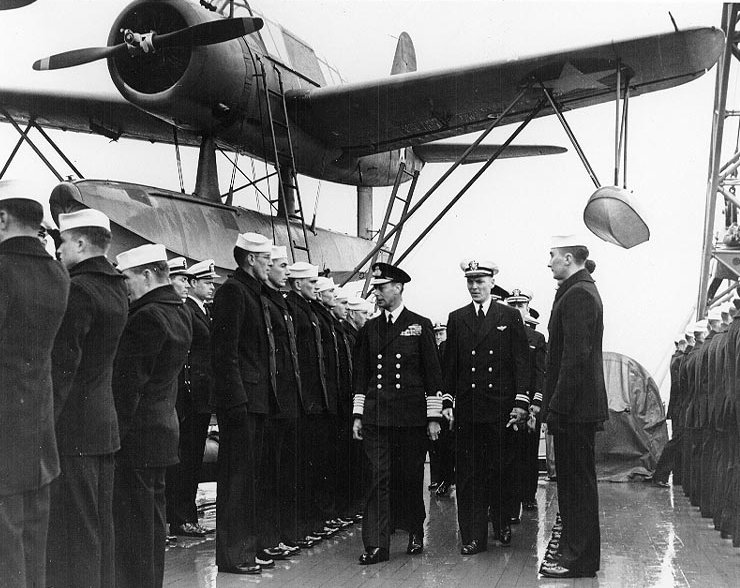1400 Hours, 18 December 1942, Chittagong, India – The landing ship RFA Derwentdale and the assault transports MS Sobieski, and SS Duchess of Atholl and 12 empty freighters escorted by the destroyers HMS Foxhound, HMS Hotspur, HMS Laforey, HMS Lightning, and HMS Javelin, the cruisers HMS Ceres and HMS Hawkins and the old battleship HMS Centurion departed for Trincomalee. The warships were all going to replenish and conduct minor repairs while the troop ships were due to load up additional supplies and reinforcements for Ramree Island.
The old Greek heavy cruiser Georgios Averof also departed Chittagong bound for Ramree Island to continue serving as the task force’s primary gun support ship.
Also departing port at the about the same time were the light cruiser Kinu and the destroyers Matsukaze, Hatsushimo, and Mikazuki. The Japanese ship were departing Penang bound for Singapore where both Kinu and Matsukaze were due for time in drydock.
The old Greek heavy cruiser Georgios Averof also departed Chittagong bound for Ramree Island to continue serving as the task force’s primary gun support ship.
Also departing port at the about the same time were the light cruiser Kinu and the destroyers Matsukaze, Hatsushimo, and Mikazuki. The Japanese ship were departing Penang bound for Singapore where both Kinu and Matsukaze were due for time in drydock.
Last edited:
